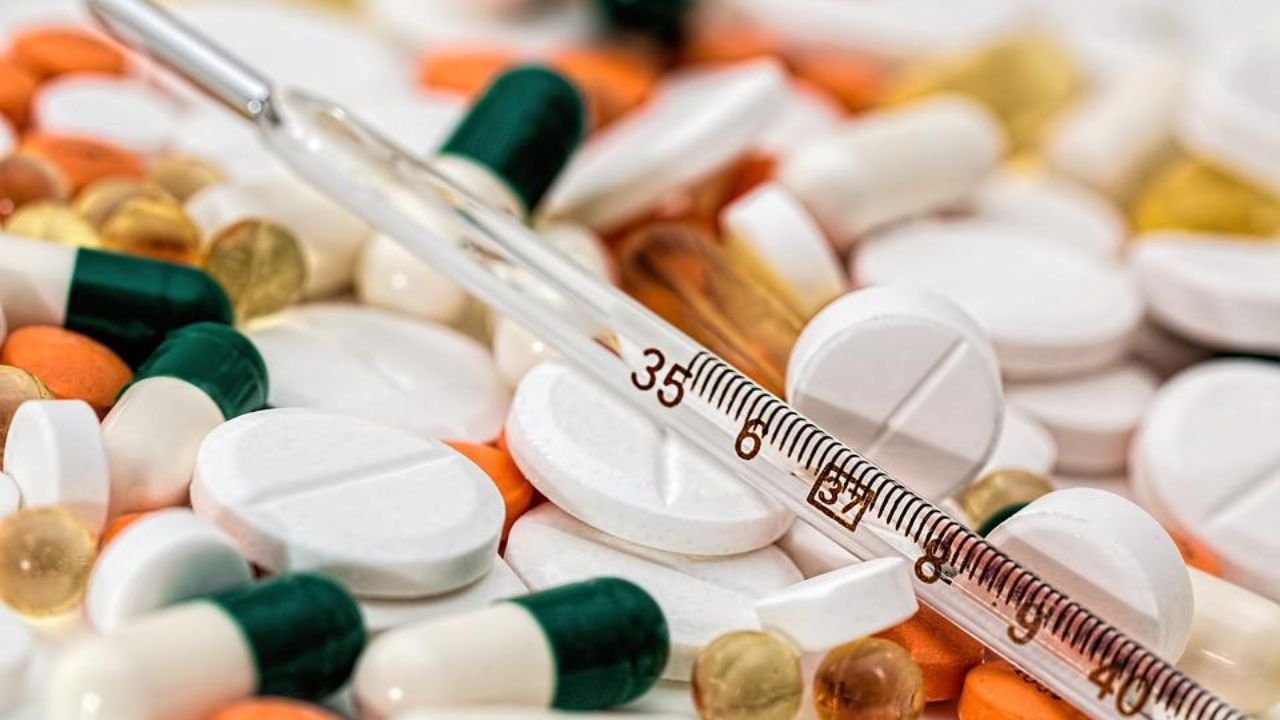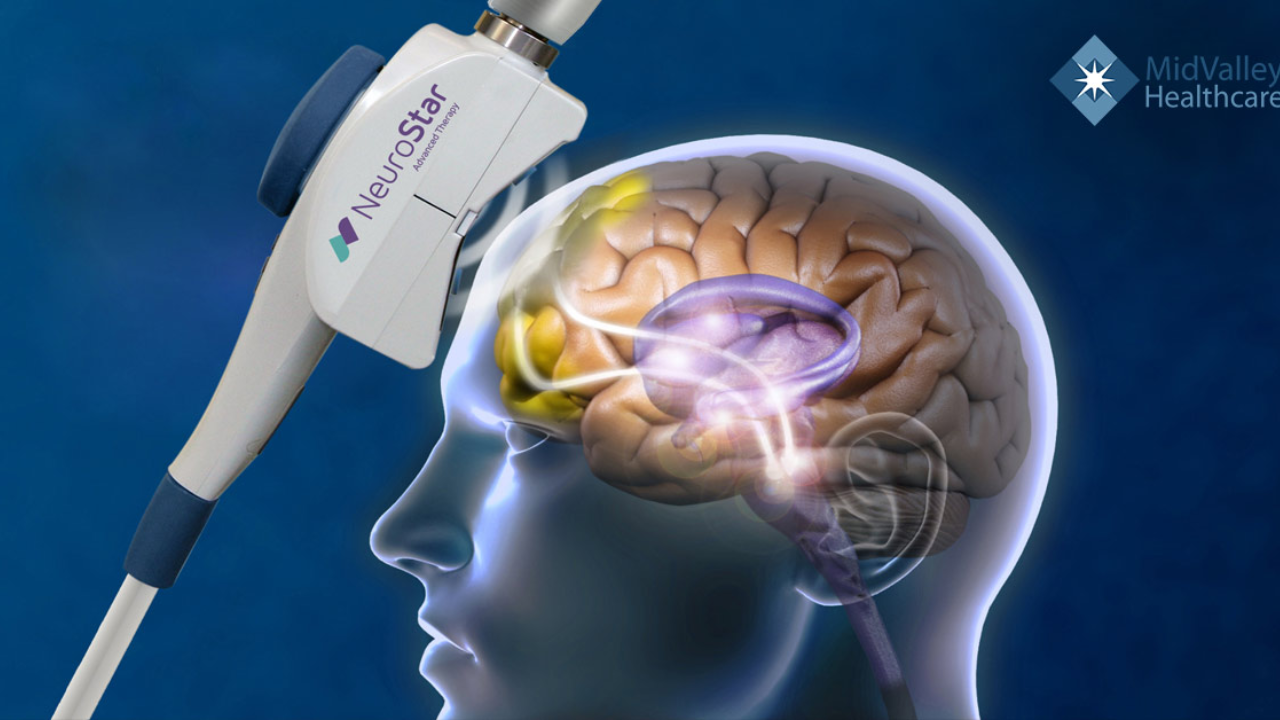Understanding Drug Release Mechanisms
Every medication follows a journey inside the body. From the moment it enters the system, it undergoes absorption, distribution, metabolism, and elimination. This process determines how effectively a drug works.
The Role of Pharmacokinetics in Drug Absorption
Pharmacokinetics explains how drugs move through the body. It involves:
- Absorption – How quickly the drug enters the bloodstream.
- Distribution – How the drug spreads to different tissues.
- Metabolism – How the body processes the drug.
- Elimination – How the drug exits, usually through urine or bile.
A drug’s formulation affects each of these steps, influencing how long it stays active.
How Drug Release Affects Efficacy and Safety
The timing of drug release impacts treatment outcomes. Some medications need to act fast, while others require steady levels in the blood. This is where sustained-release and immediate-release formulations play a crucial role.
What Are Immediate-Release Formulations?
Immediate-release (IR) drugs dissolve quickly, making the active ingredient available for absorption almost immediately after ingestion.
How Immediate-Release Tablets Work
Once swallowed, IR tablets break down in the stomach or intestines, releasing the drug into the bloodstream. This leads to a rapid onset of action, which is ideal for:
- Pain relief (e.g., ibuprofen, acetaminophen)
- Allergy relief (e.g., antihistamines)
- Quick symptom management (e.g., asthma inhalers)
Advantages and Challenges of Immediate-Release Medications
Pros:
- Fast relief of symptoms
- Simple and cost-effective manufacturing
- Easy to adjust dosage
Cons:
- Shorter duration of action
- Frequent dosing required
- Higher risk of side effects due to sudden drug spikes in the bloodstream
The Science Behind Sustained-Release Formulations
Sustained-release (SR) drugs are designed to release their active ingredients gradually, ensuring a prolonged therapeutic effect.
How Sustained-Release Tablets Work
Instead of dissolving immediately, SR formulations use special coatings or matrix systems to control the drug’s release rate. Mechanisms include:
- Polymer coatings – Regulate the diffusion of the drug.
- Osmotic pumps – Allow a controlled release based on fluid movement.
- Gel-forming agents – Slow down drug dissolution in the digestive tract.
Benefits and Limitations of Sustained-Release Medications
Pros:
- Longer duration of action
- Fewer doses per day (improves patient compliance)
- Reduced risk of side effects from drug spikes
Cons:
- More complex and costly to produce
- Limited flexibility in dose adjustments
- Some cannot be split or crushed
Comparing Sustained-Release and Immediate-Release Drugs
Each formulation serves different needs. The right choice depends on the condition being treated and patient-specific factors.
Differences in Absorption and Metabolism
| Feature | Immediate-Release | Sustained-Release |
|---|---|---|
| Absorption Speed | Fast | Slow, controlled |
| Duration of Action | Short | Long |
| Dosing Frequency | Multiple times a day | Once or twice a day |
| Side Effects Risk | Higher (due to spikes) | Lower (steady levels) |
Choosing the Right Formulation for Different Conditions
- Acute conditions (e.g., headaches, fever) → Immediate-release
- Chronic conditions (e.g., diabetes, hypertension) → Sustained-release
- Medications with short half-lives → Sustained-release to maintain steady levels
Innovations in Drug Release Technology
Pharmaceutical companies continue to refine drug delivery methods, ensuring better control over how medications work.
Advances in Polymer-Based Drug Delivery
Researchers are developing smart polymers that:
- React to pH changes in the digestive tract
- Adjust release rates based on temperature or enzymes
- Improve bioavailability, reducing the need for high doses
Future Trends in Pharmaceutical Formulations
- 3D-printed drugs – Customizable doses for individual patients
- Nanotechnology – Enhanced drug targeting to affected tissues
- Bio-responsive coatings – Adaptable release based on biological signals
Frequently Asked Questions
Why do some medications require immediate release?
Certain conditions need quick relief, such as pain, allergies, or infections. Immediate-release formulations ensure the drug reaches the bloodstream rapidly.
Are sustained-release drugs always better?
Not necessarily. While they improve convenience and reduce side effects, they aren’t suitable for all conditions. Some drugs must act immediately for effective treatment.
Can sustained-release formulations reduce side effects?
Yes, by maintaining steady drug levels, sustained-release drugs lower the risk of side effects caused by peak concentrations in the bloodstream.
How do doctors decide between immediate-release and sustained-release?
Doctors consider factors like the condition, patient lifestyle, drug half-life, and potential side effects before recommending a formulation.
Are there cost differences between these formulations?
Yes. Sustained-release drugs are often more expensive due to their complex manufacturing and controlled-release mechanisms. However, fewer doses may offset costs over time.
Can sustained-release drugs be split or crushed?
Usually not. Splitting or crushing can alter the release mechanism, leading to unintended rapid absorption or loss of effectiveness. Always follow medical advice before altering medication.
Conclusion
The science behind sustained-release and immediate-release formulations shapes modern medicine. Each type serves a unique purpose, balancing effectiveness, safety, and convenience. Whether a patient needs fast relief or long-lasting effects, pharmaceutical advancements continue to refine drug delivery, improving health outcomes worldwide.



